Ghana as a country in West Africa is blessed with different kinds of water bodies that provide livelihood to many of the folks. In the Volta Region of Ghana, There is the sea, lagoon as well as other kinds of water bodies which in one way or another provide fish for the people.
Fishing in the lagoon
In the dry season, the lagoon produces salt that the folks gather and sell when the other season comes when it becomes scarce and at the start of the rainy season, fish is available to be harvested for livelihood.
To fish in the lagoon, the natives use a cast net, a hook with worms or the tool called EXA. This tool is what this article is about and we're going to unfold everything you must know about this wonderful tool.
What is Exa
Exa is a name from the Ewe Language which refers to the name of one of the tools used for fishing most especially in the lagoon. The animals available in the lagoon that are mostly accessed and fished are tilapia and crabs with some other different ones but tilapia happens to be the main one.
This tool is made from brooms made from coconut fronds and woven using Borassus Palm. It is woven by both men and women alike including children so far as they learn how to do it. Some people's work is to get the brooms from the coconut fronds done and sell, others buy these brooms to weave this fishing tool and eventually sell them to the men who use them for fishing in the lagoon. The fishermen even make them by themselves but when the work becomes overwhelming, they resort to rather buying them and quickly get them set in the lagoon for some catch
The structure is made in different sizes and some can be very large
➤➤How does it work?
This tool is created such that there is a hole beneath that allows entry of the tilapia as it is strategically placed in the lagoon. The fishermen construct special mounds at certain locations in the lagoon that are very long and stretch over a wide distance. Sticks strong enough are used in constructing these mounds which support the firm fixation of the fishing structures (exa). The fish normally move in a group towards a direction so these mounds are made such that as the fish move they eventually enter the structure and are later caught in the tool. The creativity in the construction of this thing works that once the fish enters, it cannot go out from the structure but because it is made of broom which can break as it stays in the water for long, huge tilapia at times break and exit. The structure has holes all over it which means that tilapia that is smaller than the hold can go out but those bigger than the holes when they enter through the opening cannot move out. This is the idea on which the structure is constructed. Early at dawn or per the time determined by the fisherman, he goes to check up on the structure and once some fish have been caught, he opens the top to pour off the tilapia and fixes the structure back.
How is it maintained?
When it is detected that the brooms from which the structure is made are decaying which means they are becoming weak, these ones are replaced by newly made ones. It makes it possible to have a catch always if not the fish will enter and easily exit again because of the weakness of the structure. In instances where one or two broomsticks within the tool are broken, then new brooms are inserted into those particular holes to ensure there is no gap to let the tilapia exit.
➤➤ ➤➤ ➤➤
How the structure is constructed
The materials used are:
- Coconut frond brooms
- Borassus Palm
- Strong thread (usually a special one used by cobblers)
- Bendable sticks
Tools
Coconut fronds are cut and then brooms are made out of them. The brooms are selected to obtain the ones that have a thickness that is suitable or good enough.
Borassus Palm is used but not the usual tall one but rather smaller species that are just about a meter or less than a meter tall. These ones are not too hard and make the weaving process easier. The palm has to be dried a little under the sun and then it is taken and cut with a knife to remove the stalk. The back of the knife is used to soften it a little by taking a strand at a time and firmly straightening it against it. These ones are then dipped in water to make them even softer.
As a skill, the brooms are then used to weave the body of the structure and the diameter is determined by the weaver. The diameter determines how big the structure will be after it is woven. After weaving the main body, the second structure inserted into the mouth of the tool is woven according to the diameter of the structure.
This is how it looks after the insertion of the wheels. It gives it form that makes it stable and hollow.
Special sticks that can be easily coiled without breaking are then used to form a coil or better put a circular wheel which is inserted into the body of the structure.
Interior of the tool after insertion for wheels
The part inserted into the mouth of the tool to close it. A hole is intentionally created in this that allows entry of the fish.
The image below shows how the bottom of the tool or structure looks like.
In fact, this tool works very efficiently in catching tilapia, gborvilolo, crabs etc and most especially when the fish is very abundant in the lagoon. What the fishermen pray for is that the fish move toward the direction of the structure as many of these are used to block the paths making it easy to get them enter. In the dry season when the lagoon dries up, the structures are left there and in the rainy season, new ones are made in replacement because the old one would have been long destroyed.
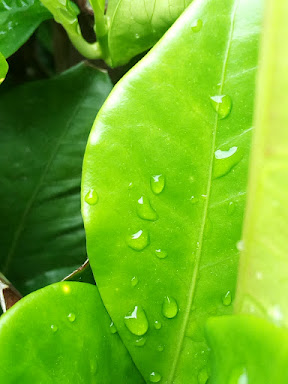





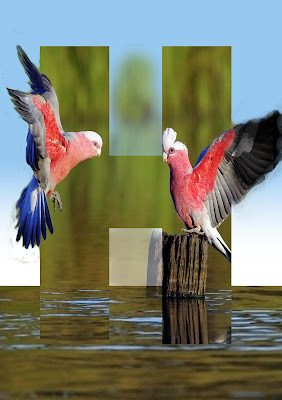

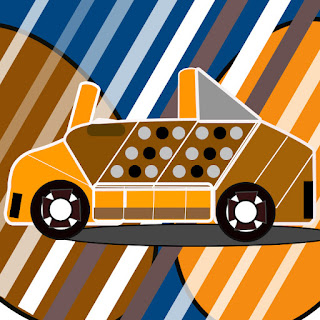


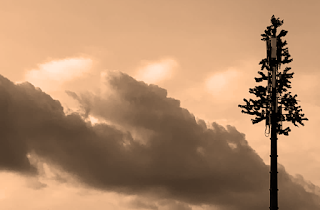
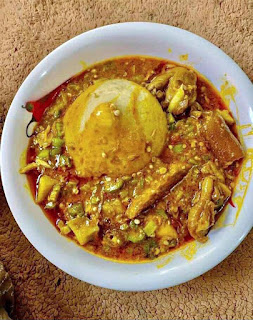
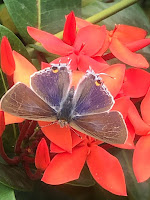

Comments
Post a Comment
Share your views on this insightful content